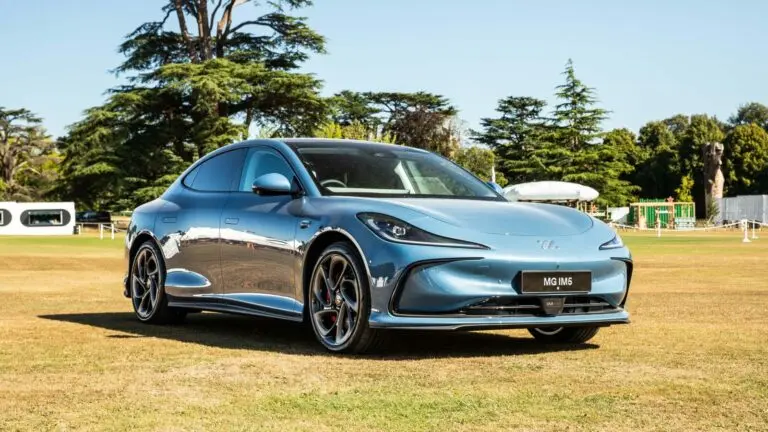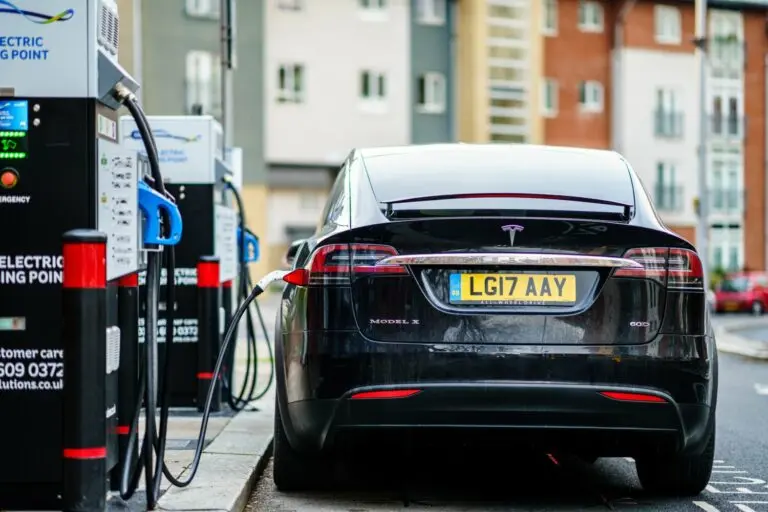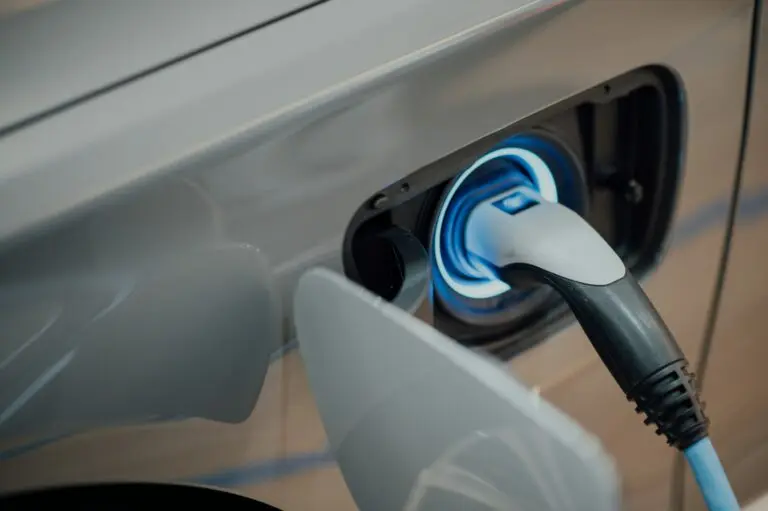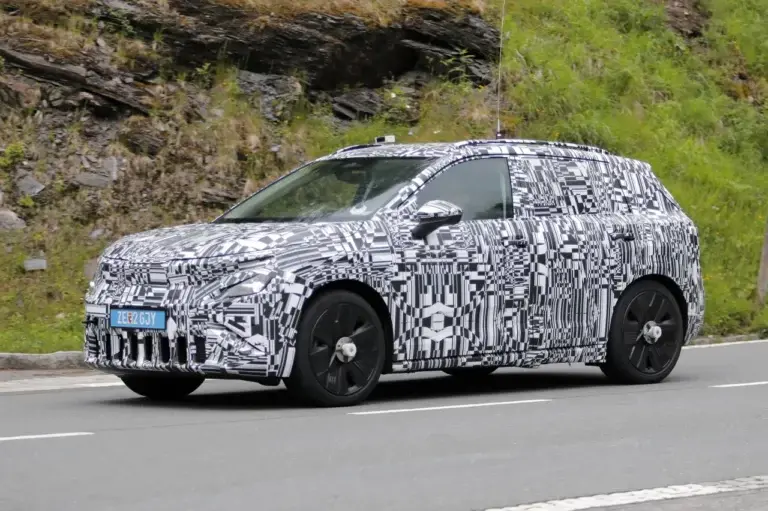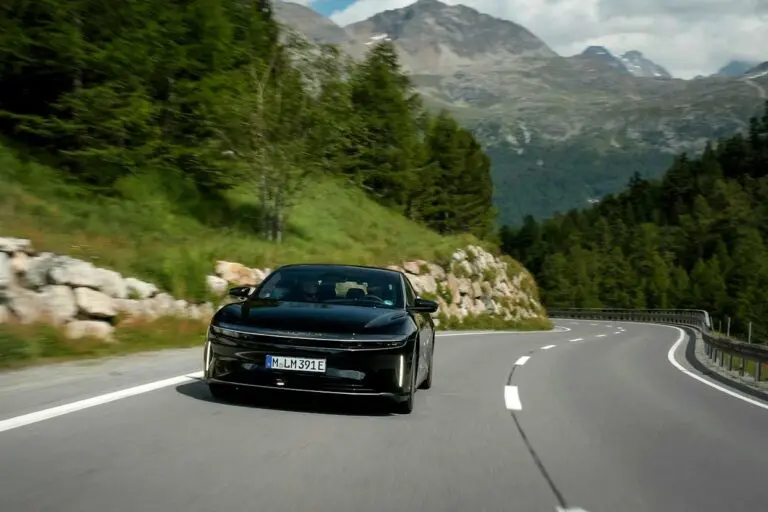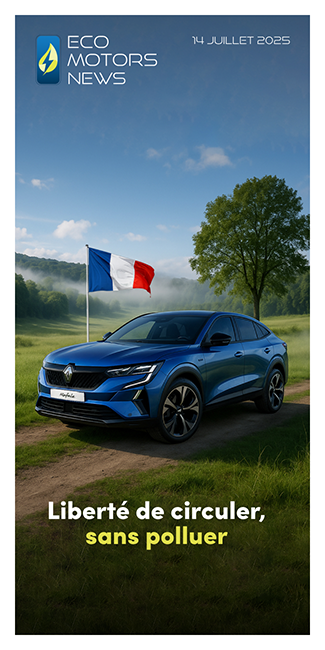He left his mark on an entire generation with C’est pas sorcier, and today continues to decipher the world around us with the same passion. From the Hotel M Social in Paris, Jamy Gourmaud spoke to ECO MOTORS NEWS about his vision of the electric car, the preconceived ideas that surround it, and the challenges of this transition.

Who are you, Jamy Gourmaud?
Jamy Gourmaud: I’m a journalist, more specifically
. I like to say that I’m a go-between for those who know and those who want to know. My passion for knowledge began very early, when I was a teenager, with the desire to do this job. I was lucky enough to realise this childhood dream. Science came a little later, after my journalism studies and a few years spent covering social issues. C’est pas sorcier marked the beginning of this scientific adventure.
What does the electric car mean to you, and how did you feel when you tested it?
Jamy Gourmaud: Peace and quiet. That’s what comes to mind first, especially in town. Critics will say that it makes as much noise as any other car, but the noise comes mainly from the contact of the tyres with the road. I’ve had the opportunity to test several of them, first in C’est pas sorcier nearly 30 years ago, and more recently in Le Monde de Jamy. I like its flexibility, the fact that you don’t have to shift gears. It may not be what thrills driving enthusiasts, but it suits me just fine.
Do you think the electric car is still poorly understood?
Jamy Gourmaud: I think there are a lot of preconceived ideas, and fears that are unfounded. The first obstacle is often the question of range. You hear people say, « I can’t drive 1,000 km », or « I’ll have to stop after 300 km and wait half an hour to recharge ». These concerns often stem from a lack of understanding of actual usage.
What should be done to overcome this fear of autonomy?
JG: First of all, you have to ask yourself the question: « How do I use my car? Mobility is all about usage. If I make mainly short journeys – as is the case for the majority of daily journeys – an electric car is more than sufficient. On average, a French driver only makes one or two journeys of more than 400 km a year, usually on holiday.
What about recharge time?
JG: You have to bear in mind that the batteries will be empty after about two hours’ driving. After two hours of driving, it’s advisable to stop and refuel. This is what road safety advises motorists to do: take a break every two hours. And if you count the time it takes to go to the toilet, have a coffee or a cigarette, the twenty minutes it takes to fill up the tank are soon gone.
So education is still necessary?
JG: Yes, you have to explain it, you have to get people to try it out. Before I tried an electric car, I was a bit sceptical myself. But once you’ve tested an electric car, you adopt it. People should be allowed to test drive one for a day or two.
You recently published a video on the subject. What was your objective?
JG: I wanted to talk about the concerns about range, but also the lack of understanding that exists around the distances claimed by manufacturers. Some people complain: « But on the motorway, I can’t do more than 250 km, whereas the manufacturer claims a range of 450 km ». The simple fact is that this range is calculated as an average of the distance covered in town, on the road and on the motorway.
And what about the carbon footprint of electric vehicles?
JG : There’s a common misconception that electric cars pollute as much as internal combustion vehicles, if not more. It’s true that when they leave the factory, their manufacture generates more CO2. But the difference is that this carbon debt ends there. An internal combustion vehicle continues to emit throughout its life cycle. At the end of its life, an electric car can produce between two and five times less CO2 than a combustion engine car.
Ready to take the plunge yourself?
JG: As it happens, it’s underway. First of all, I want to get to the end of the life cycle of my current vehicle. It’s also a question of budget. But yes, I’m getting there.


